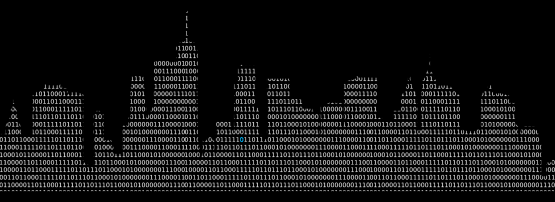
Since the mid-20th century, the world has become increasingly more urbanized, as more people, in Asia and Africa in particular, move to cities for greater employment opportunities.
By 2050, the United Nations predicts that urban population will increase by more than 20%, with roughly two-thirds of the world’s population living in a city. For this to happen, cities will require more resources to sustain the current level of service provision, while improving city liveability.
The smart city paradigm is meant to address such a challenge by introducing technology to improve the efficiency of traditional services in urban areas, where available resources are limited.
While technology can be considered as one of the main factors to increase service efficiency in cities, it also imposes certain conditions that cities are not able to address, as the capacity of cities to evolve and the technology development pace are different. These include:
- Current existing services, which must be adapted to attend new needs (for example, new transport means such as electrical scooters).
- Technology-skilled city workers, who will be required to manage new services.
- Vendor lock-in with specific services due to proprietary technology.
- Technology maturity to provide a certain service.
- Security for old deployments.
Taking into account that addressing the considerations listed above will increase expenses, cities need to find new funding sources; at least in the short-term, when initial costs will have a great impact due to the introduction of new technologies.
Funding growth through data
One of the most important assets cities have is data. Such information, gathered from city services, is currently underused and can provide important advantages for tenders applying for new public contracts. Additionally, the adoption of new IoT-based technologies is providing high-quality datasets with a value yet to be discovered.
One of the current research trends is based on the introduction of Data Markets in cities, aiming to sell existing data to interested companies. Creating a data market can be straightforward. However, there are several considerations required to successfully implement such an idea in a city’s infrastructure, including: ownership of the data, which is not always requested by city managers; as well as the understanding of how to apply new IoT technologies to city services (for example, through well-defined tender procurements to avoid vendor lock-in scenarios). Therefore, it is important to establish a common framework to manage data in cities. Current efforts to do this are focused on the following areas:
- Generic enablers: development of open source components that can be adopted by any city to solve a specific task. For instance, providing a context information manager to deliver data in real time.
- Open APIs: providing a common set of APIs to exchange information and data from heterogeneous sources involving multiple stakeholders. For instance, the NGSI-LD ETSI specification.
- Common data models: providing a set of harmonized data models, boosting the interoperability of datasets from different cities. These models must contemplate definitions for information produced in any field producing data within the city, such as waste management, street lighting or parking management.
One of the main actors in Europe pursuing the creation of a common framework for smart cities is the FIWARE Foundation, whose goal is to develop generic components to accelerate the deployment of smart solutions. It includes the provision of open source software to offer a standardized API for data management. Moreover, they also consider the definition of specific data models for smart cities.
Synchronicity is one of the key projects that FIWARE is channelling its efforts. The project seeks to open up a global IoT market where cities and businesses develop shared digital services to improve city liveability. Several European cities are already participating in the project, including Helsinki, Eindhoven and Santander, with the provision of data from the large-scale SmartSantander testbed.
Considering that IoT-based smart cities are only in preliminary phases, such projects will no doubt uncover more complications. That said, the more cities involved the quicker we will be able to identify and troubleshoot these and then start to benefit from the technology.
Juan Ramón Santana is a senior researcher from the Network Planning and Mobile Communications Laboratory at the University of Cantabria.
The views expressed by the authors of this blog are their own and do not necessarily reflect the views of APNIC. Please note a Code of Conduct applies to this blog.

Awesome post, thanks for sharing.